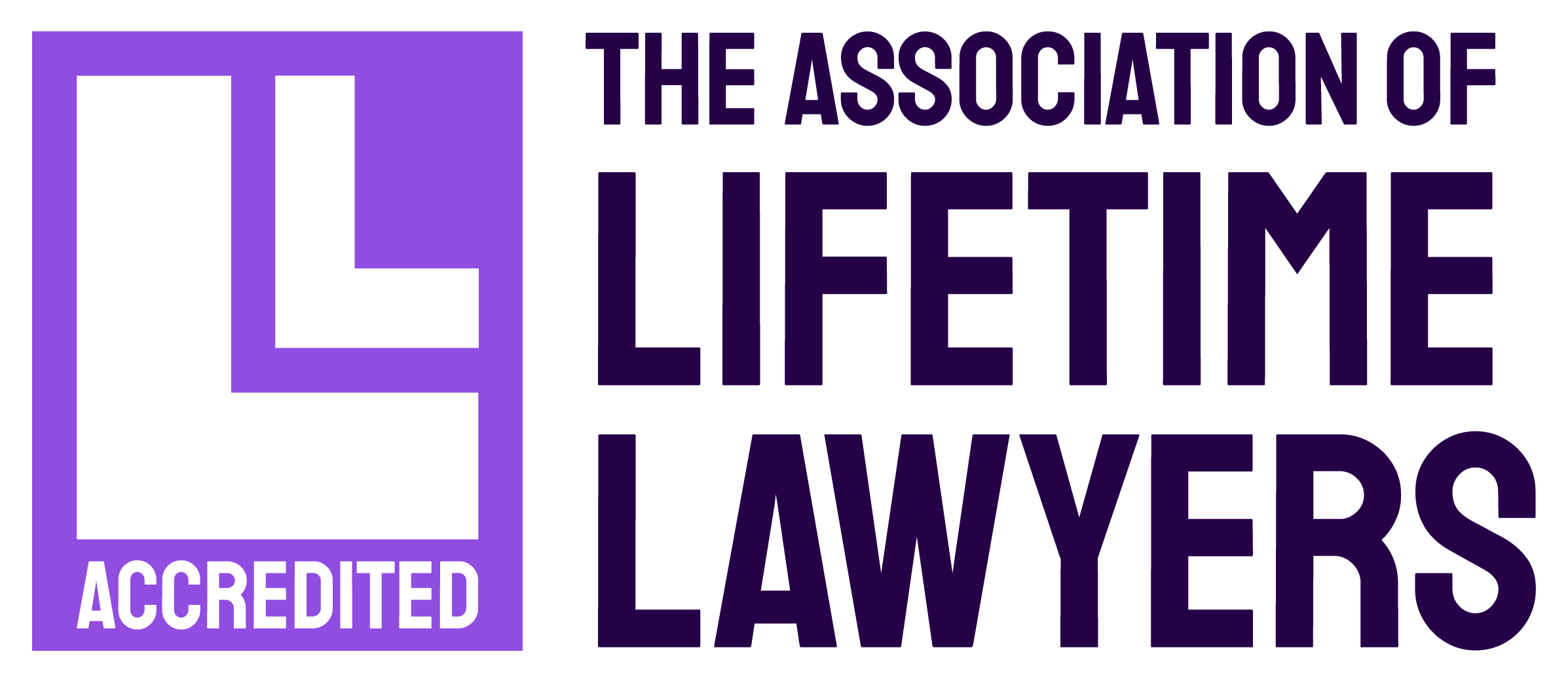Since 6 April 2007, it has been mandatory for a landlord to join a deposit scheme. However, just protecting the deposit is not enough. Landlords are also obliged to provide a tenant with ‘prescribed information’ within 30 days after receipt of the deposit. Both protection of the deposit and the service of the prescribed information are crucial if landlords are to avoid liability for non compliance.
What is a Tenancy Deposit Scheme?
The landlord may choose between two different types of schemes
- A custodial TDS, which requires the landlord to pay the deposit to a scheme administrator within 30 days of receipt from the tenant. The scheme administrator holds the deposit until the tenancy comes to an end. The deposit (or balance due to the tenant) is returned to the tenant.
- An insurance TDS, under which the landlord retains possession of the deposit but secures it by paying a fee and insurance premiums to the scheme administrator. The scheme administrator will use the premiums to pay the tenant should the landlord misappropriate the deposit.
Initial requirements
The landlord must comply with the initial requirements of the scheme and give certain prescribed information.
The landlord must comply with the “initial requirements” of an authorised scheme within 30 days from the date of receipt of the deposit or within 14 days where the deposit was received before 6 April 2012.
The landlord must give the tenant the prescribed information within 30 days of receipt of the deposit or with 14 days if the deposit was received before 6 April 2012.
The prescribed information must be given to the tenant and any relevant person. A relevant person is someone who pays the deposit on the behalf of the tenant in accordance with the tenancy arrangements.
Prescribed information
The landlord must give the following:
- The name, address, telephone number, e-mail address and any fax number of the Deposit scheme.
- Any information contained in a leaflet supplied to the Landlord by the Deposit scheme administrator that explains the operation of the provisions of the scheme.
- The procedures that apply under the scheme by which a deposit amount may be paid or repaid to the tenant at the end of the tenancy.
- The procedures that apply where either the landlord or tenant cannot be contacted at the end of the tenancy.
- The procedures that apply under the scheme where the landlord and tenant dispute the deposit amount to be paid or repaid to the tenant.
- The facilities available under the scheme for enabling a dispute relating to the deposit to be resolved without recourse to litigation.
- Amount of deposit paid.
- Address of the property to which the tenancy relates.
- Name, address, telephone number and any e-mail address or fax number of the landlord.
- Name, address, telephone number and any e-mail address or fax number of the tenant, including details that should be used by the landlord or scheme administrator to contact the tenant at the end of the tenancy.
- Name, address, telephone number and any e-mail address or fax number of any relevant person.
- Circumstances when all or part of the deposit may be retained by the landlord, according to the terms of the tenancy agreement.
The landlord is required to sign a certificate confirming the information provided by the landlord in respect of the tenancy deposit held under the scheme is accurate to the best of the landlord’s knowledge and belief. That the landlord has given the tenant an opportunity to sign any document containing the prescribed information provided by the landlord to confirm that the information provided is accurate.
Failure to protect a deposit and serve the prescribed information
If a landlord fails to protect a deposit or serve the prescribed information then the landlord may be ordered to pay compensation to the tenant and could be prevented from recovering possession of its property
Tenancy agreement and deposits received before 6 April 2007
Last year saw a substantial change in the requirements of protecting a deposit. The legislation dealing with deposits schemes came into force on 6 April 2007 and only had effect on tenancies entered into on or after the 6 April 2007. Therefore, many Landlords thought that tenancies entered into before the 6 April 2007 were not caught by the new legislation and deposits did not have to be protected.
However, if an assured shorthold tenancy was entered into before 6 April 2007 and a deposit was paid, and at the end of the fixed term, a new tenancy is created (after 6 April 2007), whether it is via a new tenancy agreement or a statutory tenancy then the initial deposit that was paid prior to 6 April 2007 must be safeguarded through a TDS, and the prescribed information must be provided. This have been confirmed in the case of Superstrike Ltd v Rodrigues [2013]
Superstrike Ltd v Rodrigues
On 8 January 2007, Mr Rodrigues (R) took an assured shorthold tenancy of a flat from Superstrike Ltd (S) for a fixed term of one year. R paid one month’s rent as a deposit.
At the expiry of the fixed term, a statutory tenancy arose and R continued to reside in the property. On 22 June 2011, S served a section 21 requiring possession. When R did not leave the property at the end of the notice period, possession proceedings were issued. The court proceedings ended up in the Court of the Appeal and the Appeal Judges had to decide whether S was entitled to serve that notice, as the deposit had not been placed in a deposit Scheme. S argued that the deposit was paid in January 2007 before legislation concerning deposit schemes was implemented and therefore the deposit did not need to be placed in a scheme.
R argued that, when the new statutory tenancy arose, the deposit should be treated as being paid in respect of that new tenancy. At the time the statutory tenancy arose the deposit should have been placed in a deposit scheme.
The Court of Appeal held that the statutory tenancy was a new tenancy and that the legislation requires that the tenant’s deposit is held in accordance with a deposit scheme at the point when the statutory tenancy arises (provided that happens after 6 April 2007). Since the deposit was not held in accordance with a deposit scheme, the landlord was not entitled to serve a notice under section 21 and not entitled to possession.
Conclusion
Once a fixed term tenancy expires, and the tenant remains in possession, a landlord must make arrangements for the deposit to be held in accordance with a deposit scheme if he wants to preserve the right to serve a section 21 notice.
The decision in Superstrike has caused a great deal of speculation and concern and left many wondering what the wider impact on this case could be. It is suggested that this case could imply that whenever a statutory tenancy is created the landlord should re- protected the deposit and serve all the prescribed information again.
However, until tested further via the courts the decision is limited and is only authority where:
- The tenancy commenced before 6 April 2007.
- That tenancy then continued after 6 April 2007 on a periodic basis.
- The deposit given at the start of the tenancy was not protected.


















